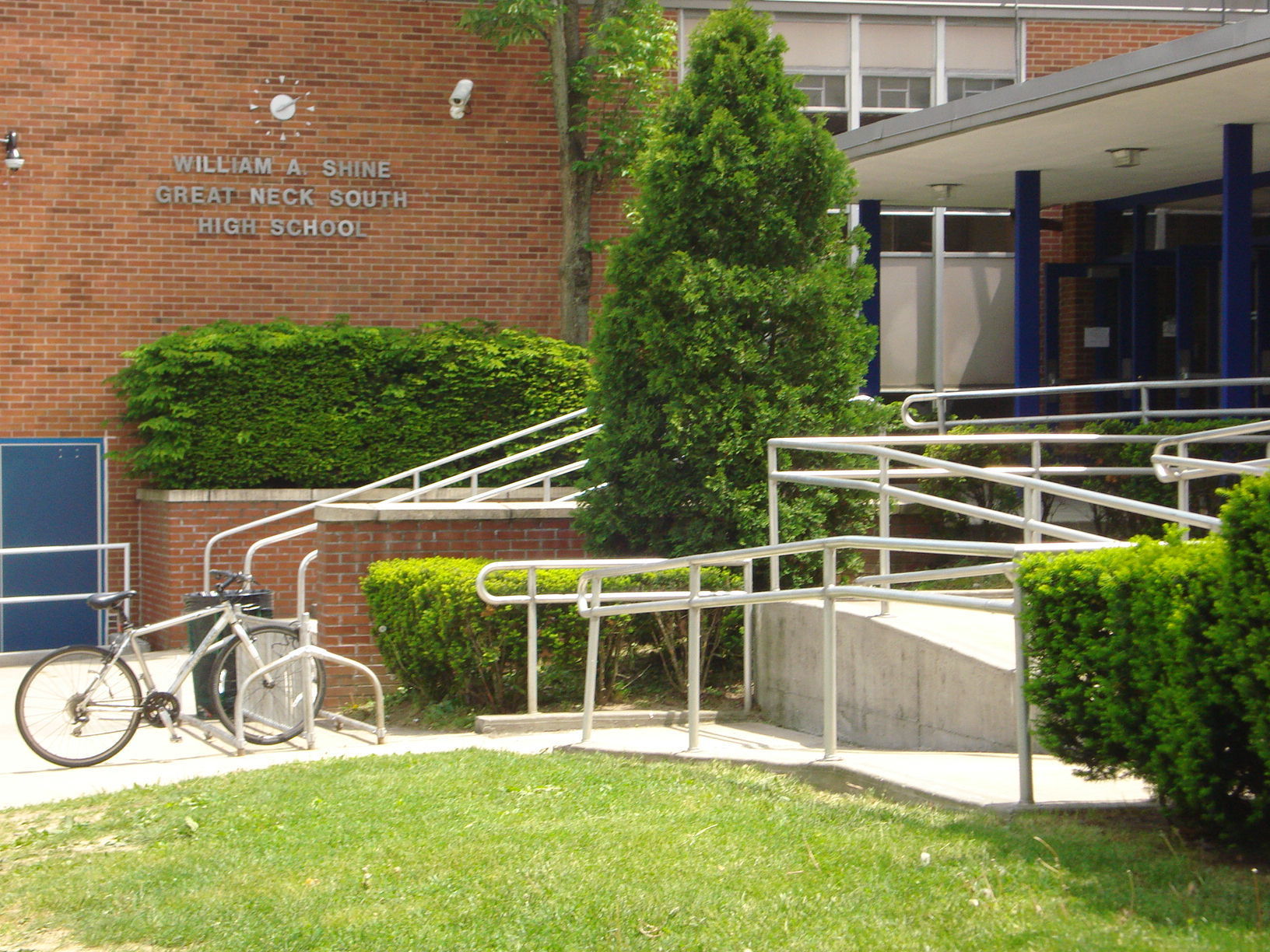North Shore voters will see little or no increase to their school tax bills if they approve their school districts’ budgets on Tuesday.
Some districts struggled more than others with tight caps on tax levy increases caused by a low inflation rate in the fifth year of the state’s tax cap law.
All nine North Shore districts got a boost in state aid to help compensate for the squeeze.
State aid packages increased an average of 9.1 percent over last year after the state made districts whole for the gap elimination adjustment, or GEA — school funding the state withheld to cover its own deficit after the 2008 financial crash.
“It was essential this year that we get as much in state aid as possible,” said state Assemblyman Edward Ra (R-Garden City South), the ranking minority member of the Assembly’s Education Committee. “It always is, but especially this year.”
But some school officials have questioned whether the state will maintain high funding levels going forward.
Ra said education funding is a priority for state lawmakers, and they will always do what they can to help districts when the state is in good financial shape.
State Assemblywoman Michelle Schimel (D-Great Neck) said this year’s boost in state aid might not be permanent, but she hopes the Legislature will amend the tax cap law to ease the pressure on school districts low inflation years.
“Back in the day no one realized that the rate of inflation would be held, and sure enough, we’re up against that day,” said Schimel, who voted against the 2011 law.
North Shore districts’ tax levy caps were all below 2 percent.
State law says school districts cannot increase property tax levies more than the lower of 2 percent or the consumer price index without at least 60 percent of voters agreeing.
The law was enacted to protect taxpayers from hefty annual tax hikes.
While school taxes account for the majority of each tax bill, Schimel said, the cap has had unintended consequences for school districts.
“People don’t want to piddle with the tax cap, but frankly it makes it very difficult for school districts year to year …,” she said.
The Great Neck district had to cut 14 teachers and 21 other employees to keep its levy increase at the 0.17-percent cap. Port Washington schools considered piercing the district’s 0.85-percent cap before getting the state’s final GEA payment.
East Williston, on the other hand, reduced some contingency expenses to keep its tax levy flat. The Herricks school district’s 0.16-percent levy increase was below its 0.36-percent cap.
The state formula required the Mineola school district to cut about $10,000, or 0.012 percent, from last year’s levy. Eight others in Nassau County had negative levy caps.
Districts that did not need the GEA money to stay below the cap allocated it to capital projects, legal expenses and extracurricular programs.
Both Ra and Schimel said the GEA payments were a priority in the Legislature as their constituent school districts grappled with the tight caps.
The state no longer has a budget deficit, Ra said, so it made sense to make districts whole after starting to repay them in recent years.
“That was on purpose,” Schimel said. “We had the money, now it’s time to restore that.”
Ra said there are “lessons to be learned” from this budget season, especially given that inflation could stay low again next year.
Such low allowable increases were not necessarily contemplated when the tax cap was passed, he said, but there are efforts to mitigate them.
Schimel said she was “a canary in the coal mine” about the potential for difficult caps in low inflation years when legislators were debating the law.
She has sponsored a bill to make the cap on levy hikes a flat 2 percent, which she said would strain school districts less and make budgeting more predictable. Ra said there is also a bill to prohibit negative caps.
“What I’m hoping is as this goes on that there will be some tweak to the cap so people can go forward and do proper budgeting,” Schimel said.
North Shore voters will cast ballots for or against their school budgets on May 17.



